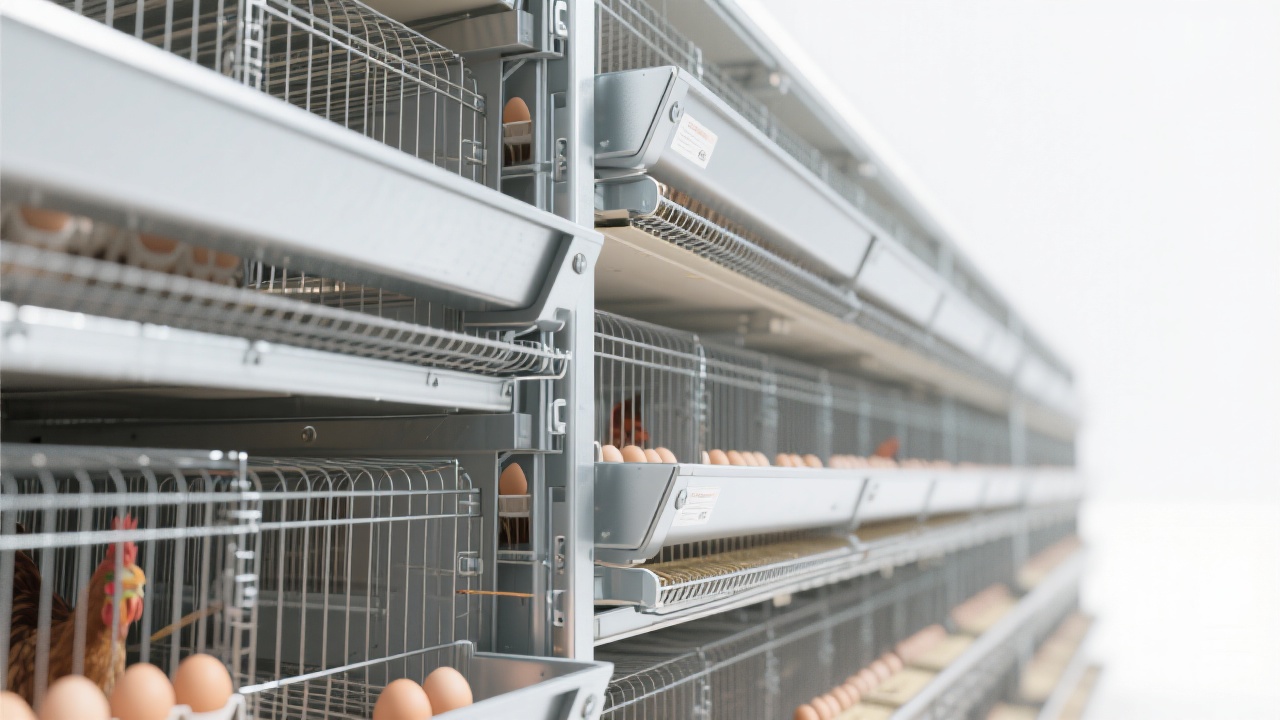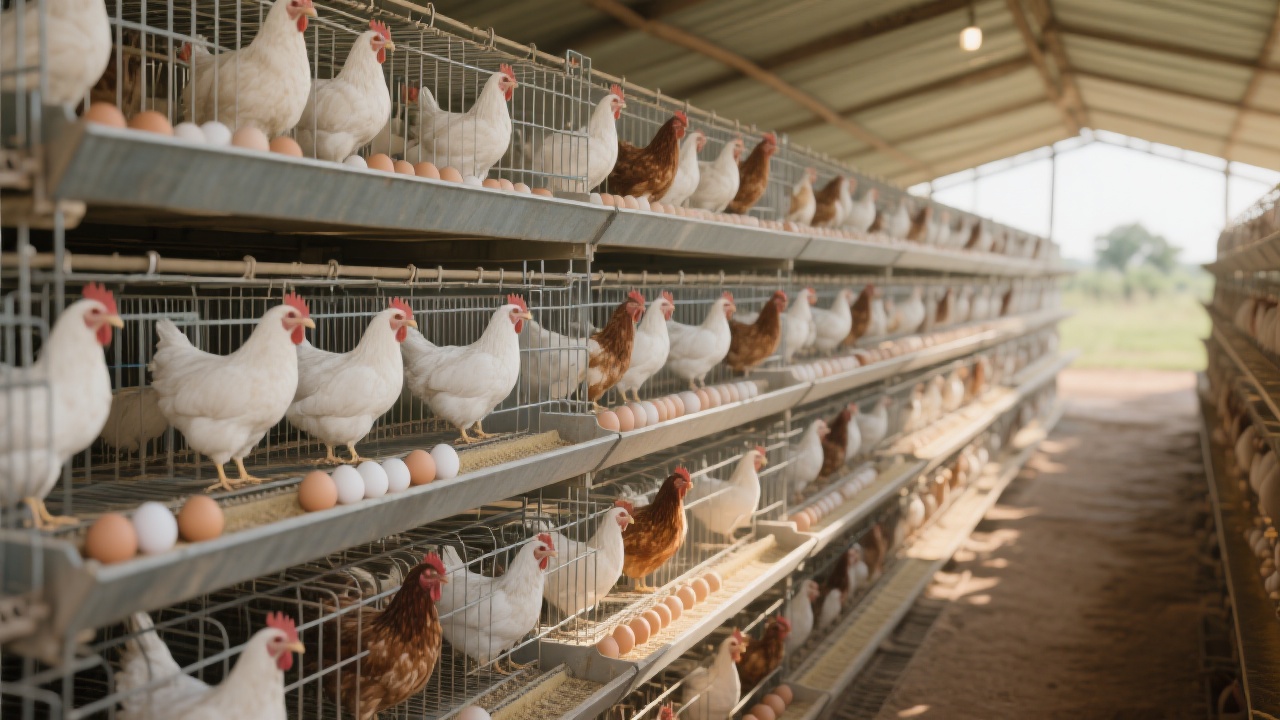
In the intensive industry of layer hen farming, ensuring optimal ventilation is critical to maintaining animal health and maximizing egg production. Through 18 years of global experience collaborating with agricultural equipment manufacturers, one recurring issue with poultry houses—especially under high temperature and humidity conditions—is ineffective airflow leading to localized dead zones and harmful ammonia accumulation. This article unpacks the science behind ventilation systems, interpreting how airflow patterns and ammonia control directly impact poultry welfare and farm profitability.
Many layer hen farms in subtropical and tropical climates face persistent challenges such as respiratory stress, lowered feed intake, and reduced laying rates when ventilation is inadequate. Research and field data consistently show that ambient temperatures above 30°C combined with relative humidity exceeding 70% significantly increase ammonia volatilization from manure, adversely affecting bird health.
Ventilation inefficiency often manifests in “dead air zones,” where stagnant air encourages ammonia buildup beyond safe thresholds—commonly above 25 ppm, at which negative effects on birds become evident. These hotspots also correlate to uneven temperature distribution, causing stress-induced mortality and declines in overall productivity.
Effective ventilation capitalizes on the synergy between natural wind pressure and mechanical systems like exhaust fans and inlets. Natural wind creates baseline airflows, assisted by building design and orientation—particularly window placement and vent sizing. Mechanical fans then regulate airflow rate and direction to ensure consistent air exchange, preventing pockets of no movement.
This balanced cooperation ensures a steady replacement of indoor air with fresh outside air, controlling temperature and humidity while minimizing harmful gas accumulation. Computational Fluid Dynamics (CFD) simulations from recent studies confirm that optimized fan placement and adjusted inlet settings can improve air speed uniformity within 80-90%, drastically reducing stagnant zones.

Zhengzhou Livi Mechanical’s H-type layer hen cage offers an innovative solution to common ventilation limitations via its unique mesh layout and structural design. The H-shaped cage allows improved vertical and lateral air circulation, minimizing airflow obstruction caused by typical cage formations.
Key features enhancing performance include:
These improvements directly decrease ammonia concentrations by an average of 30%, as validated through comparative on-site measurements before and after retrofit in mid-sized layer farms in Henan Province.

Based on empirical data and case studies, the following best practices yield demonstrable results:
| Strategy | Benefits | Implementation Tips |
|---|---|---|
| Optimized Exhaust Fan Placement | Improves air turnover, reduces ammonia by 20-35% | Position fans opposite air inlets; maintain regular cleaning |
| Layer Spacing Adjustment (≥ 35 cm) | Enhances airflow penetration, improves bird comfort | Customize per flock density and cage model |
| Integrated Ammonia Sensors & Smart Controls | Real-time environment adjustment, prevents peaks | Calibrate sensors regularly; program response thresholds |
A noteworthy case from a Henan-based layer hen farm demonstrated a reduction in ammonia levels from 28 ppm to 16 ppm within 2 months after applying these combined strategies with H-type cage retrofitting, alongside a 12% increase in daily egg production.

In summary, proper airflow distribution and rigorous ammonia concentration control serve as foundational pillars to sustain layer hen health and maintain production efficiency, especially amid challenging climatic conditions. Employing innovative cage designs like the H-type, combined with strategic fan positioning and intelligent environmental monitoring, makes it feasible to overcome ventilation bottlenecks.
Continual data-driven adjustments and preventive maintenance, supported by relevant technology, empower farmers to elevate animal welfare and drive sustainable profitability.
Have you encountered ventilation issues or ammonia buildup challenges in your own layer hen farm? Share your experience or specific scenarios below, and we’ll send tailored solutions backed by case studies from similar operations worldwide.

